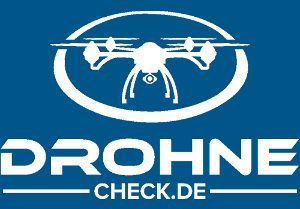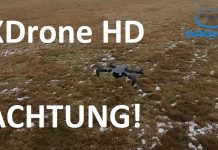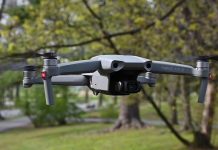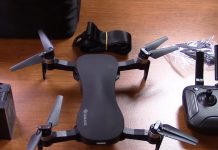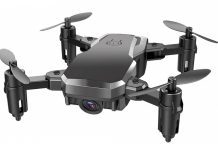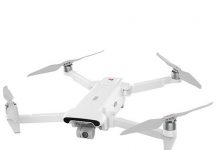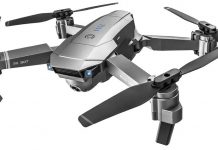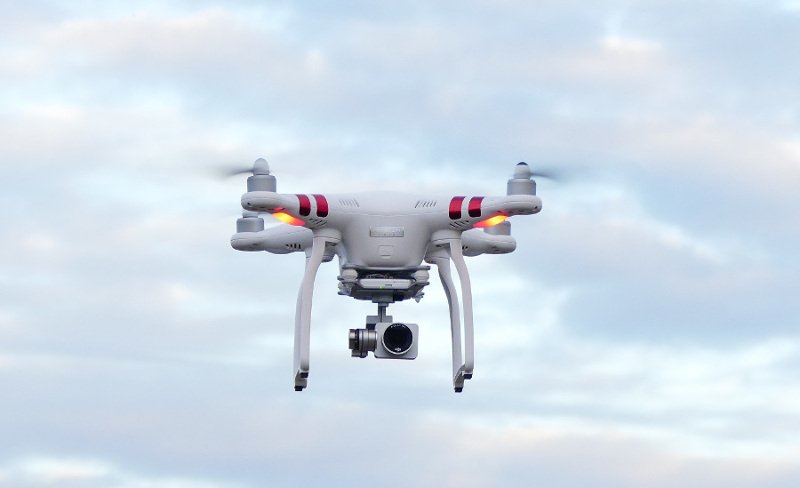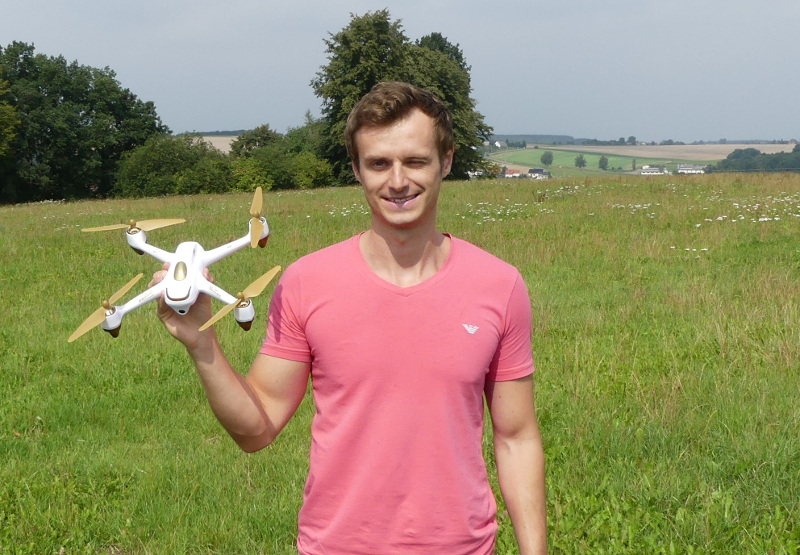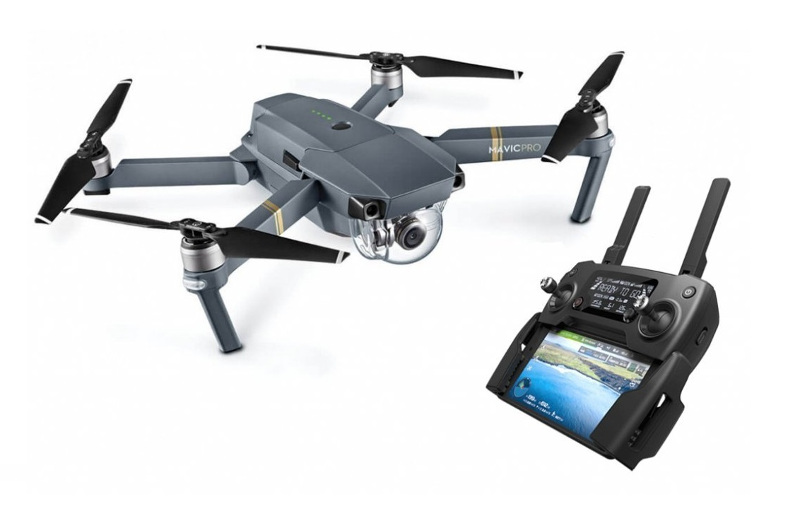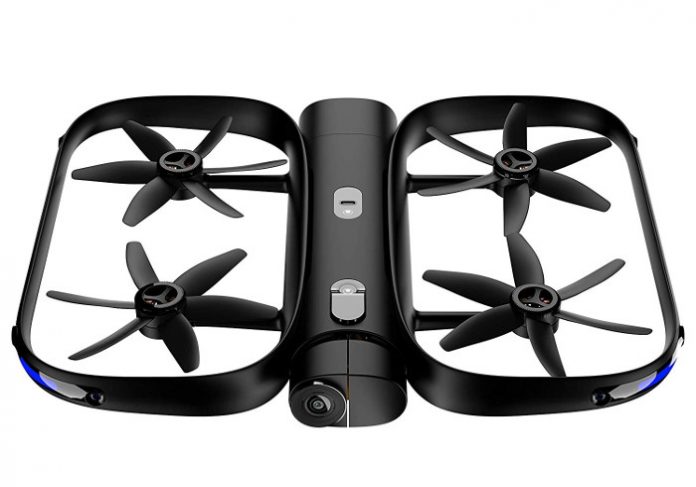
| Spaßfaktor | |
| Flugverhalten | |
| Materialqualität | |
| Aufnahmequalität | |
| Preis-Leistung | |
| Average 0/5 |
We are always happy to test drones, aircraft and cameras, which are especially easy to use for beginners.
With the Skydio R1 4K camera something new is coming up for drone pilots and hobby photographers.
Actually, you can’t really call this extraordinary model a drone at all, because it can almost only be controlled autonomously and rather deserves the name “self-flying camera”. For this report, we will still call it a “drone” or quadrocopter, even if it does not quite live up to this. For model pilots the Skydio R1 4K camera is rather unsuitable. But photographers get their money’s worth.
You won’t get a toy here but a real high-tech device with many functions. There is no remote control in the scope of delivery, but you can control the model with a smartphone app.
Technical data

The drone works similar to what you probably know from the Active-Track modes, but much more effective and accurate. In our opinion it lives up to its name of an autonomous or self-flying camera.
After activation and selection of the motif, the camera follows the motif, such as a person, animal or vehicle, fully automatically.
The special feature of the Skydio R1 is that it detects obstacles and flies around them. According to the manufacturer, it is just not recommended to fly near power lines and very thin objects such as trees with thin branches or objects with grid structures, as the Skydio R1’s visual object recognition system may not be able to detect these small objects.
Design
The look of the Skydio R1 camera is very modern and does not look cheap in any way.
The propellers are quite elastic and are well protected by a stable frame. Overall, the Skydio R1 has the following dimensions: 33 cm x 40.6 cm x 5.1 cm and also weighs 1000 grams.
It reaches a maximum speed of 40 kilometers per hour and has GPS for coordination and Wifi for coupling with other devices.
For autonomous navigation through narrow rooms and alleys, as well as for detecting obstacles and objects, the self-flying camera has 12 small navigation cameras and a computer-controlled vision system. These components will probably be among the most expensive.
Camera, resolution and memory
The main camera is a Sony IMX377 sensor with a size of ½,3 inch and a field of view of about 150 degrees. The cam is attached to a mechanical gimbal system which has 2 axes.
You can shoot videos with the camera with a resolution of 4K at 30 frames per second and 1080p at 30 or 60 fps.
As memory an internal storage medium is used, which unfortunately cannot be expanded. You have the possibility to record up to 1.5 hours at 4K and 4.5 hours at 1080p @ 30 fps, then the memory is full and you have to empty it.
The Skydio R1 is designed to fly in light winds, but small gusts of wind will balance the system without problems. In addition, the gimbal system ensures wobble-free images. We recommend you fly in sunny weather, because the “drone” is not really waterproof and the cameras can then capture the light better and produce particularly high-quality images.
Menu navigation, operation and recording modes
To control the Skydio R1 camera, you need to install the appropriate app on your smartphone or tablet. The connection quality is high and there are actually no disconnections.
To start video recording, simply turn on the camera, and when you turn it off, the recording stops automatically and is stored on the internal memory.
The system can also record audio tracks via the smartphone.
It is also possible to start the “drone” from the hand or from the ground.
In the menu you can set different camera modes. The standard mode is the follow mode in which the Skydio R1 is delivered from the factory.
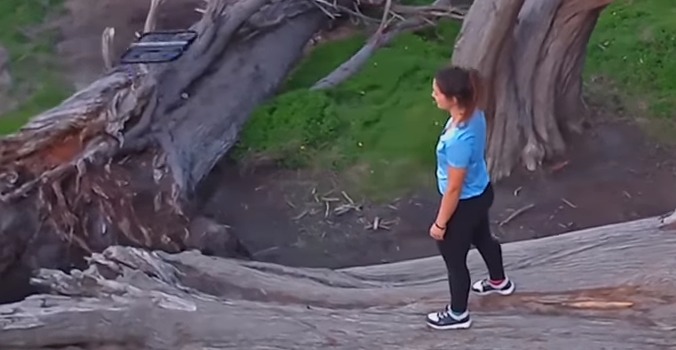
The camera automatically recognizes you when you turn it on and will follow you automatically. You can also set the altitude at which the cam should fly via the app.
If there are several persons recognizable for the camera, you can also use the application interface to set who the camera drone should follow.
But you can also set some other camera effects, including the following:
Lead mode: Here the drone maintains its position directly in front of the object/motif.
Dronie: The Skydio R1 drone flies up and films the surrounding landscape behind the tracked object.
There are more features you can select in the app, for example Rocket, Boomerang, Orbit, Tripot and Car Following Mode. These can be selected quickly and easily in the app.
Assets and drawbacks
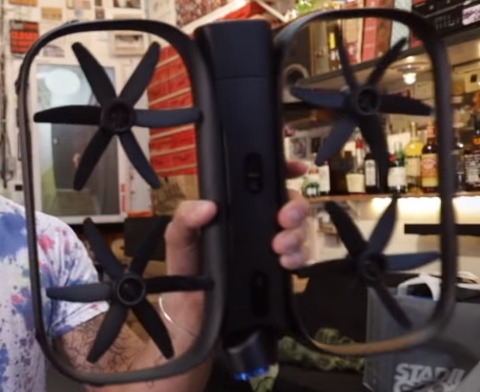
Buying a camera in this price segment must of course be well thought out. That’s why we have clearly presented the most important advantages and the worst disadvantages for you.
Advantages:
- Reliable Sonysensor with high quality
- Extensive vision system with 12 small cameras
- GPS and Wifi interface
- Flies fully autonomously and independently
- Many different flight modes
- Enormous high quality video recordings of the main camera at 4K and 30 fps
Disadvantages:
- Pretty expensive
- Can’t be controlled like a conventional drone
Conclusion
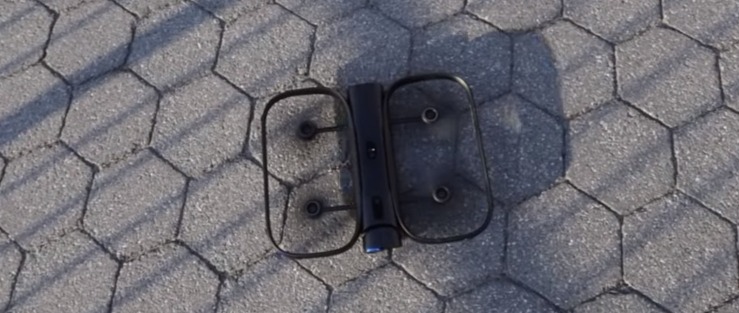
If the manufacturer advertises that the camera flies on its own, he is not exaggerating. The thing really comes off and does almost everything automatically, so you don’t need to worry about it. The obstacle detection works very reliably and the tracking system is also very sophisticated.
Of course, so much high-tech also costs a whole lot of money, but in our opinion it’s definitely worth buying, especially for amateur and professional videographers.
Here you can take a closer look at the Skydio R1 Self Flying 4K camera!



